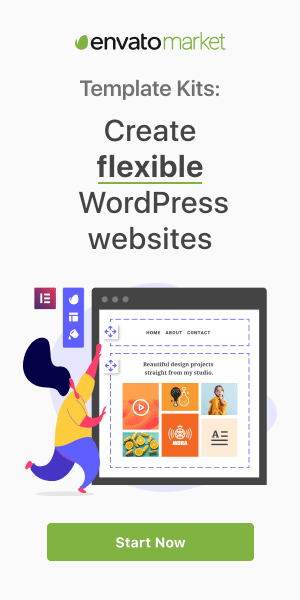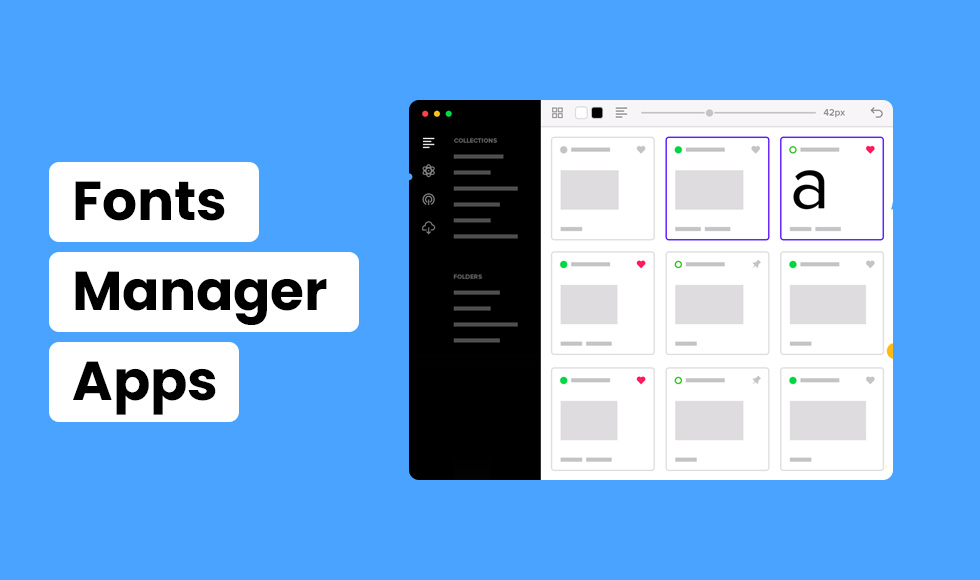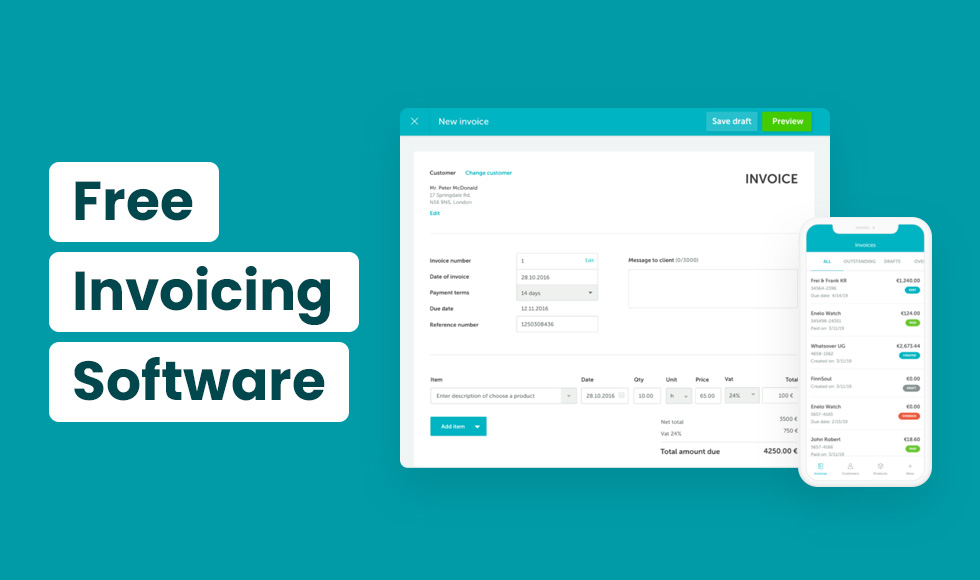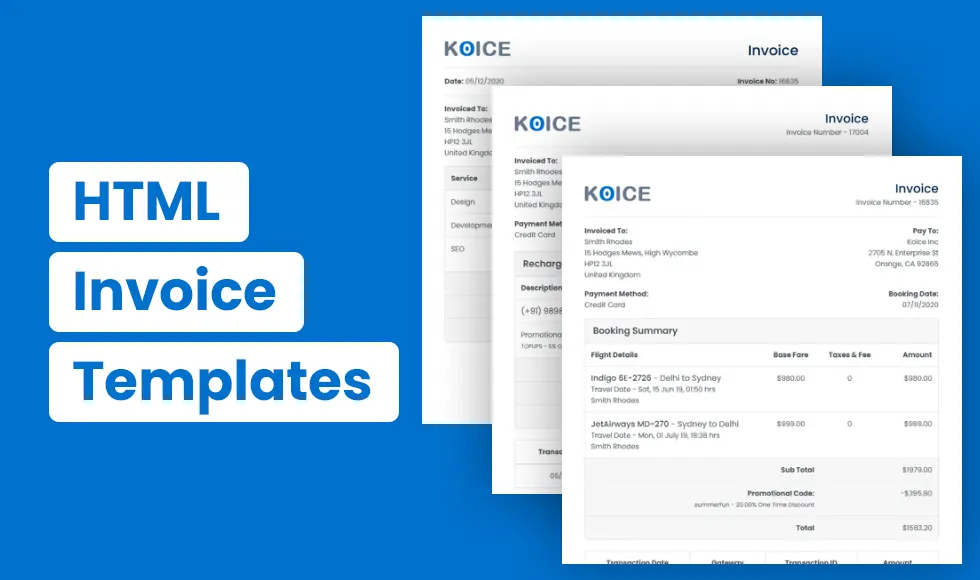Mobile devices have taken over the world, and eCommerce businesses need to adapt to this trend to remain competitive. With over 2 billion people using their mobile devices to shop online, creating a mobile-first eCommerce website has become more important than ever. In this article, we will discuss design and development strategies for creating a successful mobile-first eCommerce website.
Creating a Mobile-First eCommerce Website: Design and Development Strategies
Focus on Mobile-First Design
The first step to creating a mobile-first eCommerce website is to prioritize mobile design. This means that your website design should be optimized for mobile devices, with a focus on a simplified user interface that is easy to navigate on smaller screens.
To achieve this, you can use responsive web design, which adjusts the layout and content of your website based on the screen size of the device. You can also consider using a mobile-first approach, where you design for mobile devices first, then scale up for larger screens.
When designing for mobile devices, keep in mind that users are typically using touch-based input methods instead of a mouse and keyboard. This means that your website should be optimized for touch-based interactions, with larger buttons and clear calls to action.
Keep It Simple
When it comes to mobile design, simplicity is key. You want to avoid cluttering your website with too much content or too many options, as this can overwhelm users and make it difficult to navigate.
Instead, focus on the essentials and make sure that your website is easy to use and navigate. Use clear and concise language, and make sure that your website is visually appealing and easy to understand.
Optimize for Speed
Mobile users expect fast load times, and a slow website can lead to a high bounce rate and lost sales. To optimize your mobile-first eCommerce website for speed, you should:
- Minimize the number of HTTP requests by using fewer resources
- Optimize images for smaller file sizes
- Minimize code by using a content delivery network (CDN) or caching
- Use lazy loading to improve page load times
- Optimize your website for mobile browsers by minimizing redirects
Prioritize Mobile Search
Mobile search is becoming increasingly important, with more and more users using their mobile devices to search for products and services. To ensure that your mobile-first eCommerce website is optimized for search, you should:
- Use responsive design to ensure that your website is accessible on all devices
- Optimize your website for mobile search by using keywords and optimizing your content for mobile users
- Use schema markup to help search engines understand your content
- Optimize your website for voice search by using natural language keywords and answering common questions in your content
Use Mobile-Friendly Payment Methods
Mobile users want fast and easy payment methods, and a complicated checkout process can lead to lost sales. To optimize your mobile-first eCommerce website for payments, you should:
- Use a mobile-friendly payment gateway that supports mobile devices
- Allow users to save their payment information for faster checkout
- Use a simplified checkout process with fewer steps
- Offer a variety of payment options to cater to different user preferences
- Make sure that your website is secure and uses SSL encryption to protect user data
Test and Iterate
Once you have created your mobile-first eCommerce website, it is important to test and iterate to ensure that it is working effectively. You should:
- Test your website on multiple devices and browsers to ensure compatibility
- Use analytics tools to track user behaviour and identify areas for improvement
- Gather feedback from users to understand their needs and preferences
- Use A/B testing to compare different design and content variations to identify the most effective options
- Continuously update and optimize your website based on user feedback and data analysis
In conclusion
Creating a successful mobile-first eCommerce website requires a focus on mobile design, simplicity, speed, search, payments, and testing











